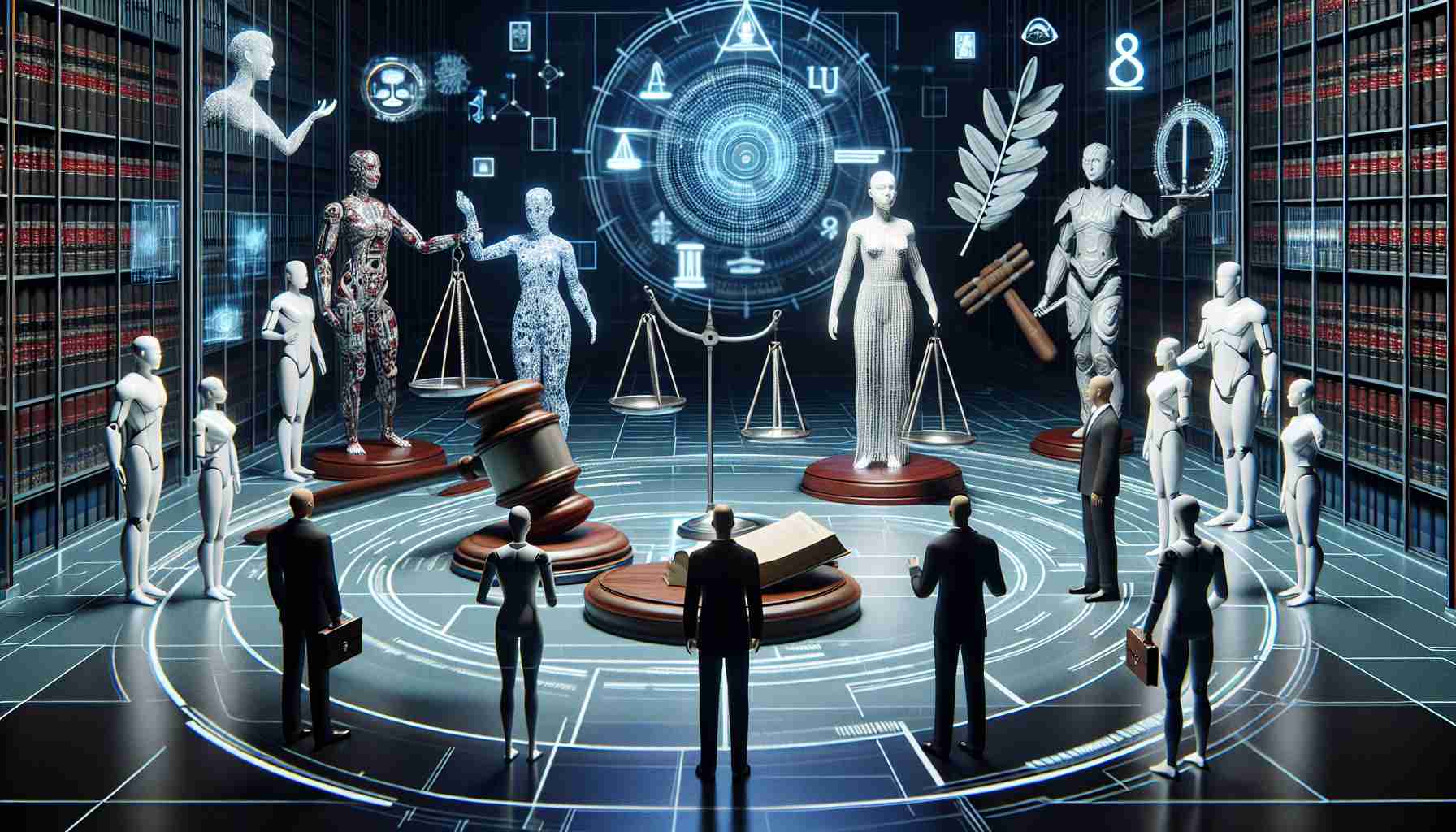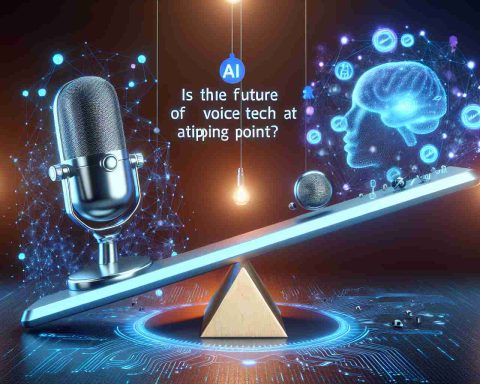Digital avatars, embodying the attributes of real individuals like appearance and voice, present a unique opportunity within the realm of artificial intelligence. Veronika Macurová Křížová emphasizes the importance of identifying synthetic media, a requirement outlined in the AI Act of the European Union. She also stresses the necessity of tracing the origins of data as pivotal conditions for working with AI.
From a legal perspective, Macurová Křížová highlights the significance of establishing which avatars are consensual and which are not for future AI applications. She suggests further in-depth social psychology research due to the wide-ranging potential applications of such synthetic media.
Digital avatars can serve as a novel communication channel for individuals facing challenges such as disabilities. Alternatively, they could manifest as a form of digital memorial, potentially reshaping the grieving process for loved ones. However, ethical considerations loom large, prompting reflection on the implications.
The integration of digital avatars raises intriguing questions about identity rights and intellectual property in an AI-driven landscape. As society inches closer to scenarios reminiscent of science fiction, it becomes imperative to navigate the legal and ethical complexities surrounding such technologies.
Innovative Aspects of Digital Avatars in the Age of AI
The world of digital avatars in the age of artificial intelligence unveils fascinating dimensions that extend beyond the boundaries of conventional understanding. While Veronika Macurová Křížová has shed light on critical aspects like the identification of synthetic media and the importance of data origins, several other pivotal questions emerge, demanding attention and consideration.
Key Questions:
1. Ownership Rights: Who holds the rights to digital avatars created using AI algorithms?
2. Privacy Concerns: How can the personal data used to create digital avatars be safeguarded in compliance with data protection regulations?
3. Consent Issues: What measures should be in place to ensure that the creation and use of digital avatars are based on informed consent?
4. Liability Responsibilities: Who bears the responsibility in case of misuse or malicious intent involving digital avatars?
5. Virtual Identity: How do digital avatars impact the concept of identity in the digital realm?
Challenges and Controversies:
Navigating the legal and ethical landscape surrounding digital avatars in the age of AI is not without its challenges. One of the primary obstacles lies in determining the boundaries of ownership and control over digital representations, especially when AI algorithms are involved. Controversies may arise regarding the authenticity and manipulation of digital avatars, raising concerns about trust and transparency in their usage.
Advantages and Disadvantages:
On one hand, the utilization of digital avatars can revolutionize communication channels, offering innovative solutions for individuals with disabilities and potentially transforming how we remember and honor the departed. However, ethical dilemmas concerning consent, privacy, and authenticity pose significant risks and considerations that cannot be overlooked. Striking a balance between the advantages of digital avatars and the potential pitfalls they entail requires meticulous deliberation and comprehensive frameworks.
For further exploration of the legal and ethical dimensions of digital avatars in the age of AI, readers may find valuable insights in the European Union website, where policies and directives related to AI governance are elaborated.
In conclusion, the evolution of digital avatars in the era of artificial intelligence presents a realm ripe with possibilities and challenges, prompting profound reflections on the intersection of technology, law, and ethics. As we venture deeper into this futuristic terrain, it becomes imperative to address the crucial questions, confront the controversies, and steer towards a responsible and sustainable integration of digital avatars in our digital ecosystem.

















